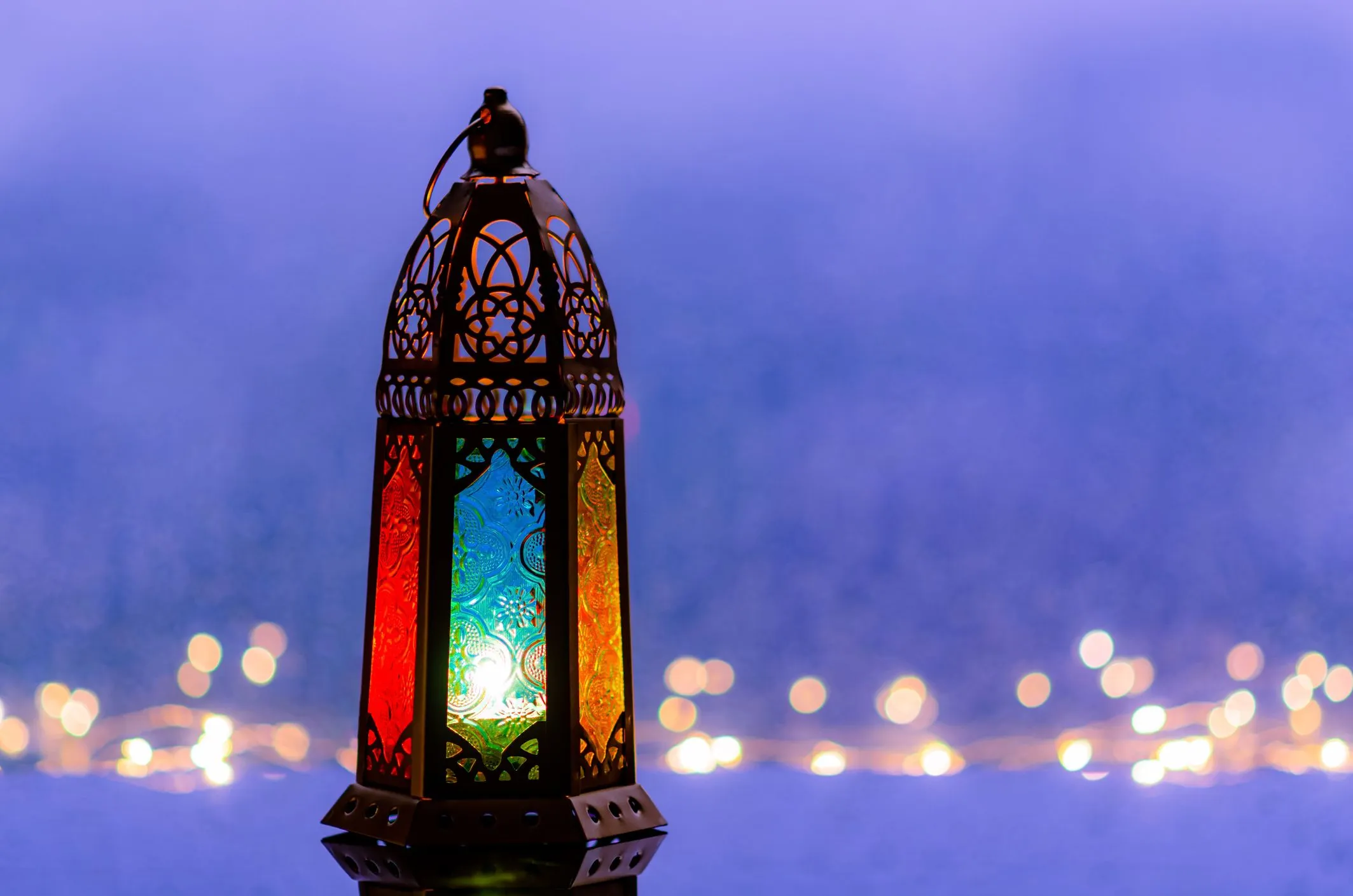Introduction
Muharram, the first month of the Islamic calendar, holds profound significance for Muslims around the world. It marks the beginning of the Islamic New Year and is one of the four sacred months mentioned in the Quran. Muharram is most notable for the Day of Ashura, the 10th day of the month, which commemorates the martyrdom of Imam Hussain ibn Ali, the grandson of Prophet Muhammad, at the Battle of Karbala. This event is a pivotal moment in Islamic history, particularly for Shia Muslims. This article delves into the historical, cultural, and religious significance of Muharram, exploring its traditions, rituals, and contemporary relevance.
The Historical Background of Muharram
Muharram, derived from the Arabic word “haram,” meaning forbidden, is one of the four sacred months in Islam during which warfare is prohibited. This tradition predates Islam, extending back to ancient Arabian culture, where the sanctity of these months was recognized and respected.
The Battle of Karbala
The Battle of Karbala, fought on the 10th of Muharram in the year 680 AD, is a defining event in Islamic history. Imam Hussain, the son of Ali ibn Abi Talib and Fatimah, and the grandson of Prophet Muhammad, opposed the oppressive rule of Yazid ibn Muawiya, the Umayyad caliph. Hussain, along with his family and followers, was martyred in the battle, a sacrifice that symbolizes the struggle against tyranny and injustice.
The events of Karbala are especially significant for Shia Muslims, who view Hussain’s martyrdom as a profound act of faith and resistance. The story of Karbala has been passed down through generations, serving as a source of inspiration and a reminder of the importance of standing up for justice.
Religious Significance of Muharram
Muharram is a time of mourning and reflection for Muslims, particularly Shia Muslims. The month is observed with a variety of religious practices and rituals aimed at commemorating the sacrifices made by Imam Hussain and his followers.
The Day of Ashura
Ashura, the 10th day of Muharram, is the most significant day of the month. For Sunni Muslims, Ashura is a day of fasting, commemorating the day Allah saved Moses and the Israelites from Pharaoh in Egypt. Prophet Muhammad recommended fasting on this day, as well as the day before or after, to distinguish the Islamic practice from Jewish traditions.
For Shia Muslims, Ashura is a day of profound mourning. It marks the climax of the mourning process for Imam Hussain, observed with public expressions of grief and remembrance. These observances include:
- Majlis (Gatherings): Special gatherings where the story of Karbala is recounted, and elegies (poetic laments) are recited. These sessions are meant to evoke emotional responses and reinforce the moral and ethical lessons of Hussain’s martyrdom.
- Matam (Chest Beating): A traditional form of mourning where participants beat their chests in rhythmic patterns, symbolizing their grief and solidarity with Imam Hussain’s suffering.
- Taziya (Processions): Elaborate processions that often include reenactments of the Battle of Karbala, carrying replicas of Hussain’s tomb, and symbolic representations of the suffering endured by his family and followers.
- Ziyarat (Pilgrimage): Many Shia Muslims undertake pilgrimages to the shrine of Imam Hussain in Karbala, Iraq, during Muharram. This act of devotion is considered a way to pay homage to the martyrdom and reaffirm their commitment to the principles Hussain stood for.
Cultural Practices and Observances
While the religious observances of Muharram are deeply rooted in Islamic tradition, the cultural practices associated with the month vary widely across different regions and communities. These practices reflect the diverse ways in which Muslims around the world honor the memory of Imam Hussain and the events of Karbala.
South Asia
In countries like India and Pakistan, Muharram is marked by large processions, passionate recitations of Marsiyas (elegiac poetry), and the performance of the Shabih (representations of the battle scenes). Communities come together to organize Sabeels (free food and drink stalls) as acts of charity and remembrance.
Middle East
In Iran and Iraq, Muharram observances are characterized by large-scale public ceremonies, including the Ta’zieh, a form of theatrical reenactment of the Karbala events. These dramatic performances aim to bring the story of Hussain’s sacrifice to life, fostering a deeper emotional connection among participants.
Africa
In parts of Africa, particularly in countries like Nigeria and Tanzania, Muharram is observed with both solemn religious rituals and vibrant cultural festivities. These include processions, communal prayers, and the distribution of food to the needy.
Europe and North America
The Muslim diaspora in Europe and North America also commemorates Muharram, often adapting traditional practices to their new cultural contexts. This includes organizing educational events, interfaith dialogues, and community service activities to honor the spirit of sacrifice and resilience embodied by Imam Hussain.
Contemporary Relevance of Muharram
While Muharram’s historical and religious significance is profound, its contemporary relevance continues to resonate with Muslims worldwide. The themes of justice, resistance against oppression, and the moral duty to stand up for one’s beliefs remain pertinent in today’s socio-political landscape.
Social Justice and Human Rights
Imam Hussain’s stand against tyranny and his ultimate sacrifice serve as enduring symbols of the struggle for justice and human rights. Many Muslims view Muharram as a time to reflect on current injustices and reaffirm their commitment to advocating for the oppressed.
Community and Solidarity
Muharram fosters a sense of community and solidarity among Muslims. The collective mourning rituals, shared meals, and public gatherings during this month strengthen communal bonds and reinforce a sense of shared identity and purpose.
Interfaith Dialogue
Muharram also presents an opportunity for interfaith dialogue and understanding. By sharing the story of Karbala and its universal themes of justice and sacrifice, Muslims can engage with people of other faiths, fostering mutual respect and collaboration.
Theological Interpretations and Debates
The observance of Muharram, particularly the rituals associated with Ashura, has been the subject of theological interpretation and debate within the Muslim community. Different Islamic schools of thought and sects have distinct perspectives on the significance and appropriate practices for this month.
Shia Perspectives
For Shia Muslims, the mourning of Muharram and the commemoration of Ashura are central to their religious identity. The martyrdom of Imam Hussain is seen as a divine act of sacrifice, and his struggle is viewed as a continuation of the prophetic mission to uphold justice and truth. The rituals of mourning are seen as acts of devotion and expressions of loyalty to the family of the Prophet Muhammad.
Sunni Perspectives
While Sunni Muslims also recognize the significance of Ashura, their observances are generally more subdued and focused on fasting. The day is marked as a time of gratitude for Allah’s deliverance of Moses and the Israelites. The emphasis is on reflection, repentance, and seeking Allah’s mercy. Some Sunni scholars have cautioned against practices they view as excessive or innovative, advocating instead for a focus on the spiritual aspects of the day.
Sufi Perspectives
Sufi traditions often incorporate unique practices and interpretations of Muharram. For many Sufis, the events of Karbala are seen as a profound spiritual allegory, symbolizing the eternal struggle between good and evil. Sufi poetry and music, which often reflect themes of love and sacrifice, play a significant role in their Muharram observances.
Educational and Outreach Initiatives
In recent years, there has been a growing emphasis on educational and outreach initiatives during Muharram. These efforts aim to increase awareness and understanding of the historical and spiritual significance of the month, both within the Muslim community and among the broader public.
Online Platforms and Social Media
The rise of digital media has provided new avenues for Muharram-related education and outreach. Social media platforms, websites, and online forums are used to share information, organize events, and connect people across geographical boundaries. These digital initiatives help to foster a global sense of community and solidarity.
Academic and Community Programs
Many Islamic centers, mosques, and community organizations host educational programs during Muharram. These programs often include lectures, panel discussions, and workshops that explore the historical, theological, and cultural dimensions of the month. Such initiatives help to deepen the understanding of Muharram and its relevance in contemporary society.
Interfaith and Community Service Projects
Muharram presents an opportunity for Muslims to engage in interfaith dialogue and community service. By partnering with other religious and civic organizations, Muslims can share the story of Karbala and its universal themes of justice and sacrifice. Community service projects, such as food drives and charitable donations, embody the spirit of Muharram and promote social cohesion.
The Artistic and Literary Legacy of Muharram
The events of Karbala and the observances of Muharram have inspired a rich artistic and literary tradition. Poets, writers, and artists have drawn upon the themes of sacrifice, justice, and resilience to create works that resonate across cultures and generations.
Poetry and Literature
Muharram has given rise to a vast body of elegiac poetry, known as Marsiya and Noha, that mourns the martyrdom of Imam Hussain and his followers. These poems are recited during Muharram gatherings, evoking deep emotions and reinforcing the moral and ethical lessons of Karbala. In addition to traditional poetry, contemporary writers continue to explore the themes of Muharram in novels, essays, and plays.
Visual Arts
The visual representation of the events of Karbala is a significant aspect of Muharram observances. Artists create intricate paintings, calligraphy, and other forms of visual art that depict the scenes of the battle and the suffering of Imam Hussain’s family. These artworks serve as powerful reminders of the sacrifices made and the enduring legacy of Karbala.
Performing Arts
Theatrical reenactments, known as Ta’zieh, are a prominent feature of Muharram observances in Iran and other parts of the Muslim world. These dramatic performances bring the story of Karbala to life, fostering a deeper emotional connection among participants. Music, particularly in the form of elegiac songs and hymns, also plays a vital role in the observances of Muharram.
Challenges and Controversies
While Muharram is a time of deep religious significance and communal solidarity, it is not without its challenges and controversies. The observances and practices associated with the month can sometimes lead to tensions and misunderstandings, both within the Muslim community and in broader society.
Sectarian Tensions
The differences in how Shia and Sunni Muslims observe Muharram can sometimes exacerbate sectarian tensions. The public displays of mourning and the political symbolism of Imam Hussain’s martyrdom are particularly sensitive issues. Efforts to promote mutual understanding and respect for different traditions are essential in addressing these tensions.
Security Concerns
The large public gatherings and processions during Muharram can pose security challenges, particularly in regions with a history of sectarian violence. Ensuring the safety of participants while maintaining the sanctity of the observances requires careful planning and coordination with local authorities.
Misunderstandings and Misrepresentations
The rituals and practices of Muharram, particularly those associated with Shia mourning, can sometimes be misunderstood or misrepresented in the media and popular discourse. Efforts to educate the public and provide accurate information about the significance and meaning of these practices are crucial in fostering greater understanding and respect.
Conclusion: The Enduring Legacy of Muharram
Muharram is a month of profound religious, historical, and cultural significance for Muslims around the world. It is a time of mourning, reflection, and renewal, marked by rituals and practices that honor the memory of Imam Hussain and the events of Karbala. The themes of justice, sacrifice, and resilience that underpin Muharram continue to resonate in contemporary society, offering lessons and inspiration for people of all backgrounds.
As we have explored, the observances of Muharram are diverse and multifaceted, reflecting the rich cultural and theological tapestry of the Muslim world. From the solemn gatherings of mourning to the vibrant processions and artistic expressions, Muharram is a time of deep emotional and spiritual engagement.
In a world that often seems divided, the story of Karbala and the observances of Muharram remind us of the power of faith, community, and the enduring human spirit. By understanding and appreciating the significance of Muharram, we can foster greater empathy, solidarity, and mutual respect among people of all faiths and backgrounds.
Through educational initiatives, interfaith dialogue, and community service, the legacy of Muharram can continue to inspire and unite us in our shared pursuit of justice, peace, and human dignity.





